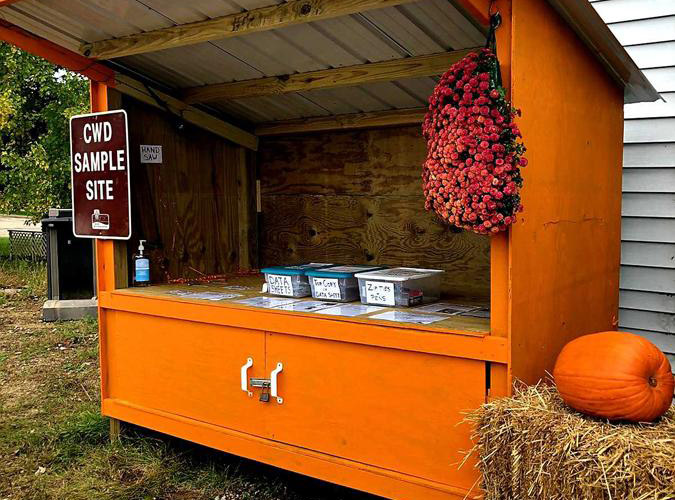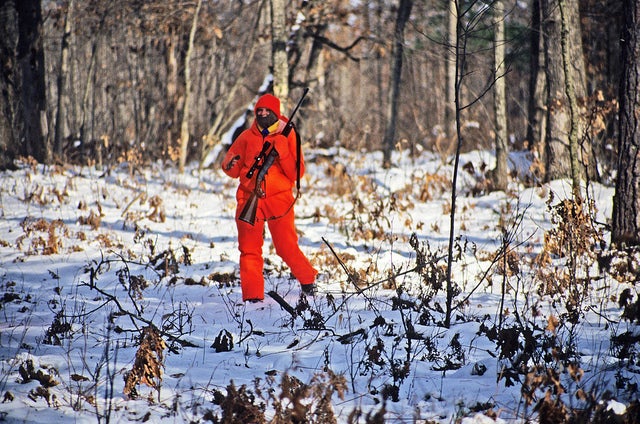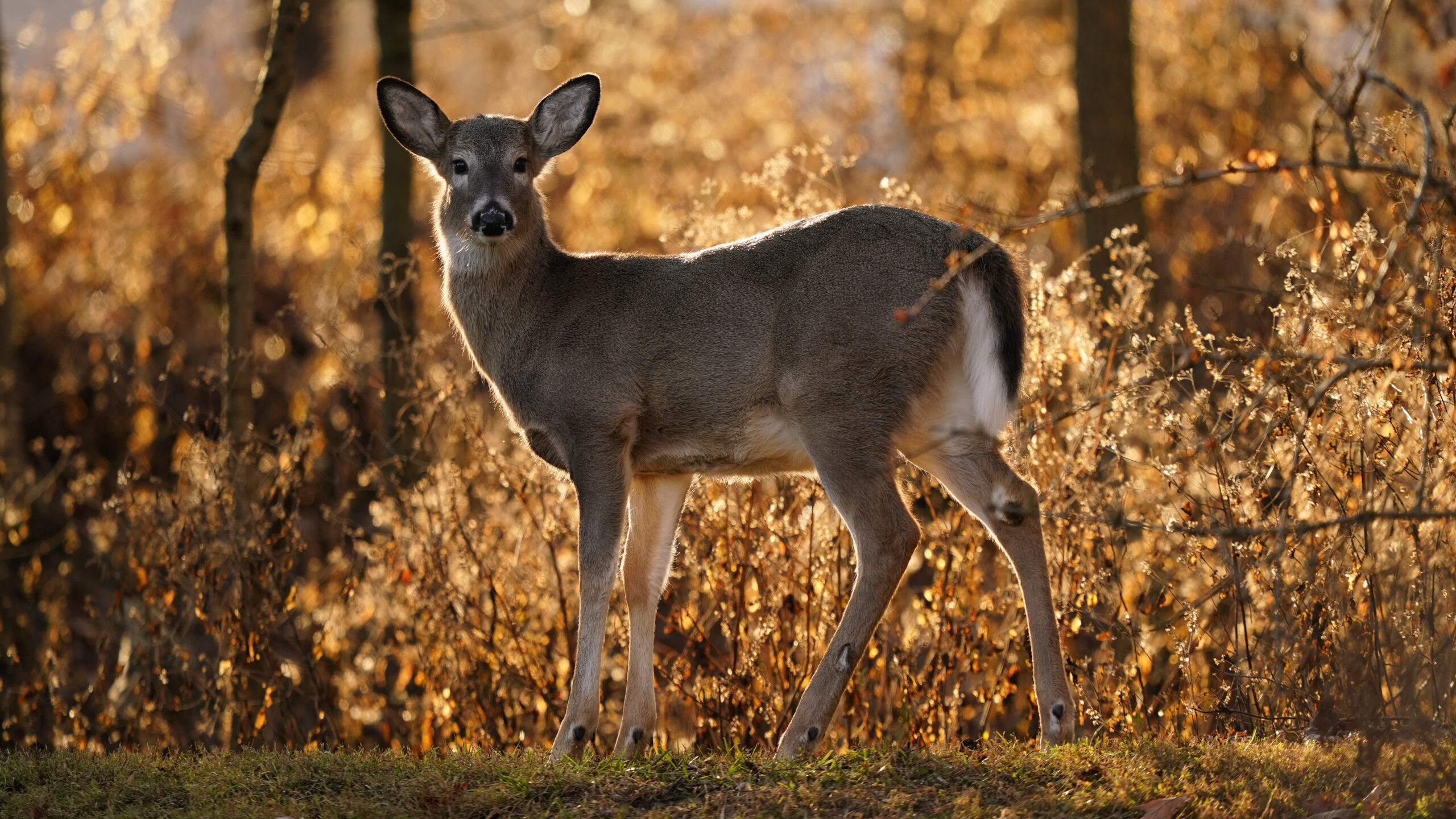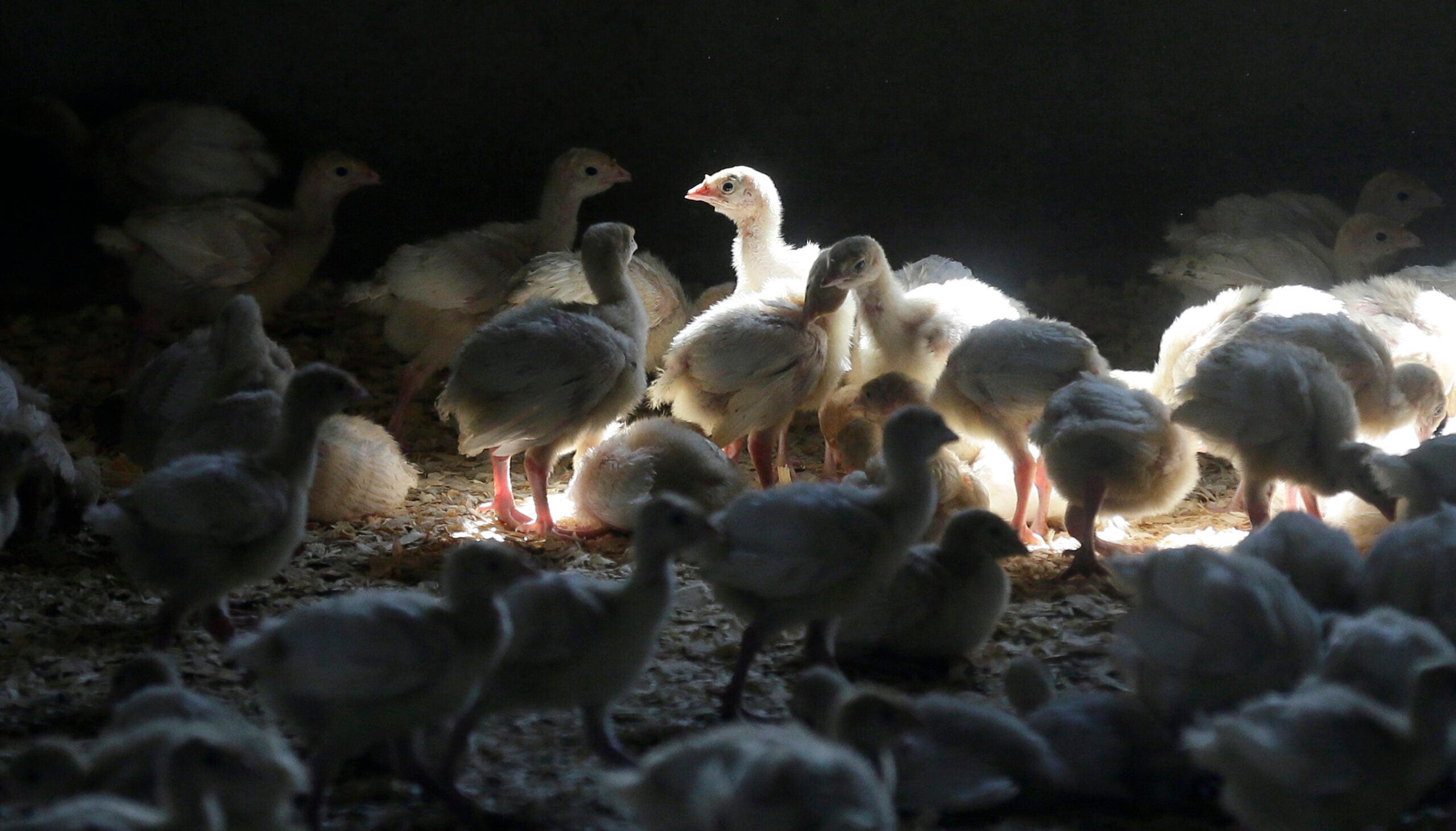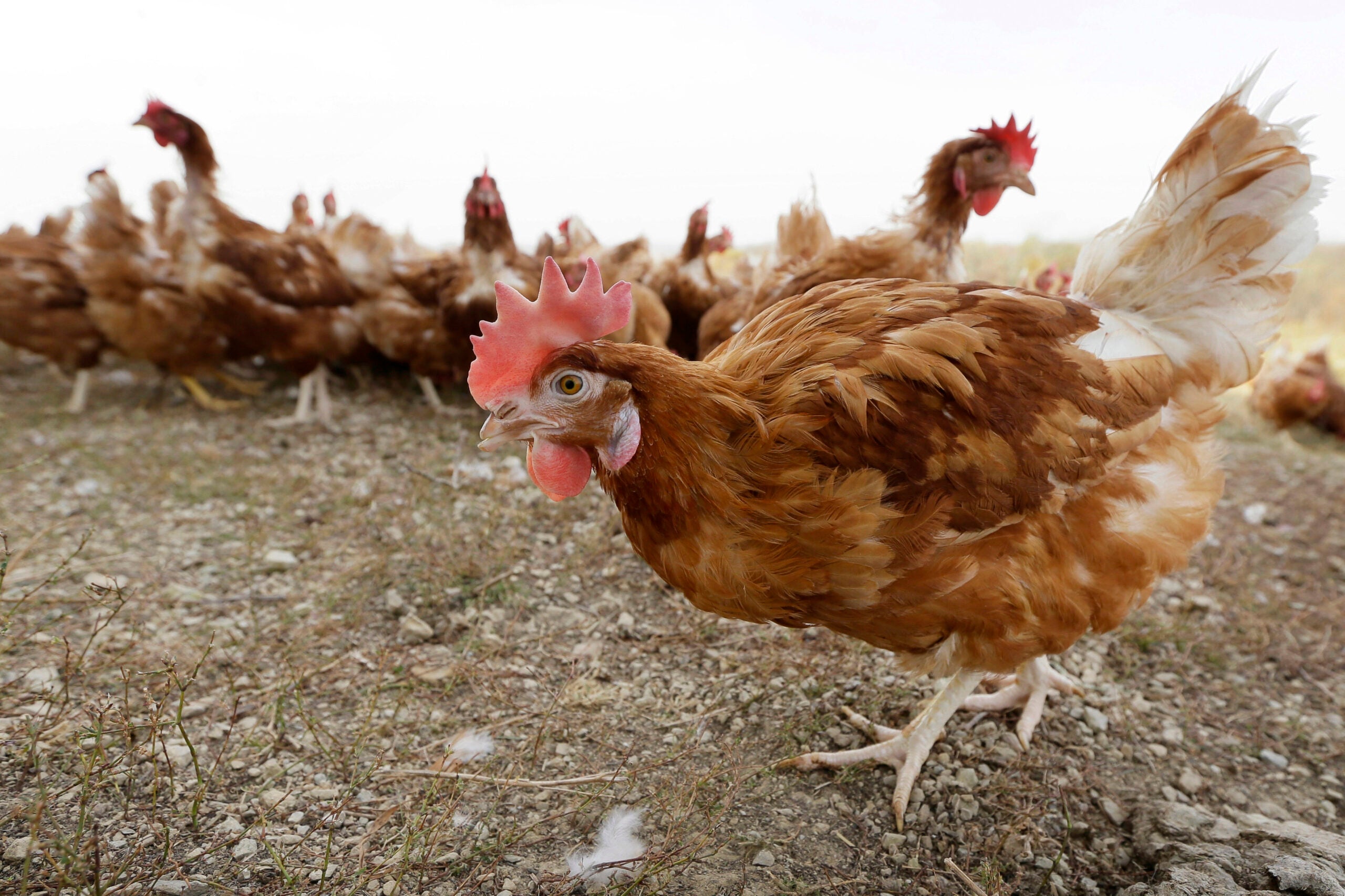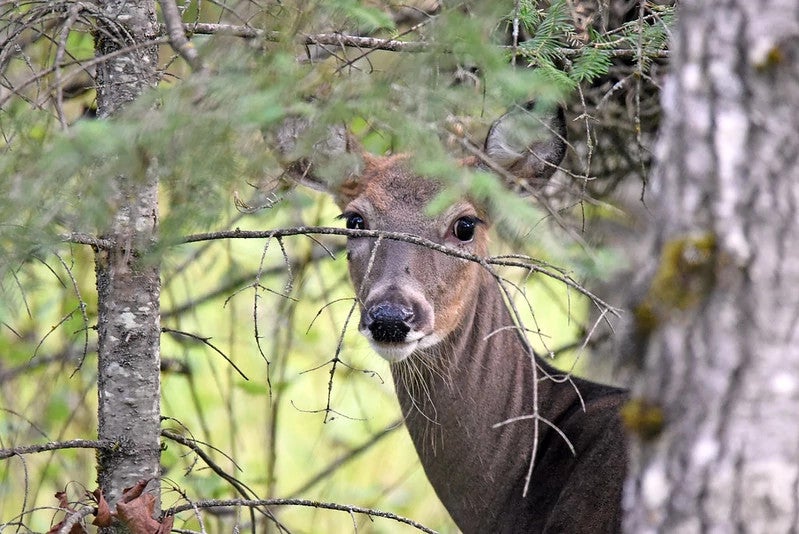The Wisconsin Department of Natural Resources is continuing heightened surveillance of chronic wasting disease this fall, despite challenges introduced by the COVID-19 pandemic.
The agency projects it will obtain 24,000 samples to test for the deadly deer disease, which is higher than the agency’s goal last year. Hunters will have the ability to enter their CWD testing information online this year, and they’re encouraged to bring their own supplies for sampling to reduce any risk of spreading COVID-19 this hunting season.
Since it was first detected in 2002, chronic wasting disease now affects 56 counties across Wisconsin. The disease has been detected in at least one wild deer in 29 counties, said Erin Larson, the agency’s CWD data coordinator. The agency has been conducting enhanced surveillance in recent years as the disease has spread, detecting CWD in 1,338 out of 19,348 deer sampled statewide last year.
News with a little more humanity
WPR’s “Wisconsin Today” newsletter keeps you connected to the state you love without feeling overwhelmed. No paywall. No agenda. No corporate filter.
This year, the agency will focus sampling efforts on 19 northeastern Wisconsin counties and nine counties in northern Wisconsin, as well as areas where CWD has been detected in the wild deer herd.
“We did have a couple of areas that had new positives last year,” said Larson.
Marathon, Sheboygan and Dunn counties were among counties with new CWD cases in wild deer last year. CWD has also been detected in recent years among wild deer in the Chippewa Valley area, prompting a need for increased testing.
The Chippewa Valley CWD Advisory Team is bringing back a recommendation proposed last year to conduct mandatory CWD testing of deer during the first three days of the gun deer season. The team, made up of hunters from a six-county area, formed in response to a doe that tested positive for the disease in 2018. David Zielke, the team’s chair, said mandatory testing is needed to gather information about the prevalence of the disease and prevent its spread.
“We just have not had as healthy a response as we wanted to with the voluntary testing,” said Zielke. “We’ve not been getting the numbers that we need to get a real good look at what’s happening with CWD in our area.”
The team set a goal of collecting 300 CWD samples across a 500-square-mile surveillance area in Chippewa, Eau Claire, Dunn, Buffalo, Pepin and Trempealeau counties during the 2019 hunting season. Hunters submitted 244 samples.
The request for mandatory sampling would require approval from the DNR and Natural Resources Board, which opted for voluntary sampling last year. Zielke fears the health of the deer herd in the region may be at risk without serious efforts to combat the CWD’s spread.
“We will be looking at the same kind of problems that they are down by Madison,” said Zielke.
CWD was first discovered in 2002 near Mount Horeb, which is about a half hour southwest of Madison. The majority of CWD positives in wild deer are spread across several counties in southern Wisconsin.
Iowa County had the most cases of the deadly deer disease last year, with 419 deer out of 1,491 sampled testing positive for CWD. Dane and Iowa counties have seen the prevalence of CWD increase from around 10 to 35 percent in adult bucks since 2002 with some areas seeing prevalence as high as 50 percent.
Douglas County is among areas of northern Wisconsin where the state is conducting a second sweep of sampling this year after collecting fewer samples than hoped last year. Al Horvath, chair of the Douglas County Deer Advisory Council, said sampling is vital to help manage the disease in the wild herd.
He feels momentum on efforts to curb its spread has been lost after the state backed away from implementing proposed emergency rules put forward under former Republican Gov. Scott Walker that would’ve included double-fencing of deer farms. Multiple counties and conservation groups supported the move, but the proposals drew pushback from some Republican lawmakers and the deer farmers.
“I think that’s where the threat is,” said Horvath. “I think we have to stay on top of it and stay in pursuit of it.”
DNR Secretary Preston Cole has said the agency is focusing on research rather than regulation to combat its spread. The agency set aside $2.6 million each year in the 2019-21 biennial budget for CWD research and operations.
Additional funding for CWD research and operations is not included within the DNR’s budget request for the next biennium. Gov. Tony Evers has directed agencies to cut $250 million from their budgets due to declining revenues during the COVID-19 crisis.
Wisconsin Public Radio, © Copyright 2025, Board of Regents of the University of Wisconsin System and Wisconsin Educational Communications Board.

